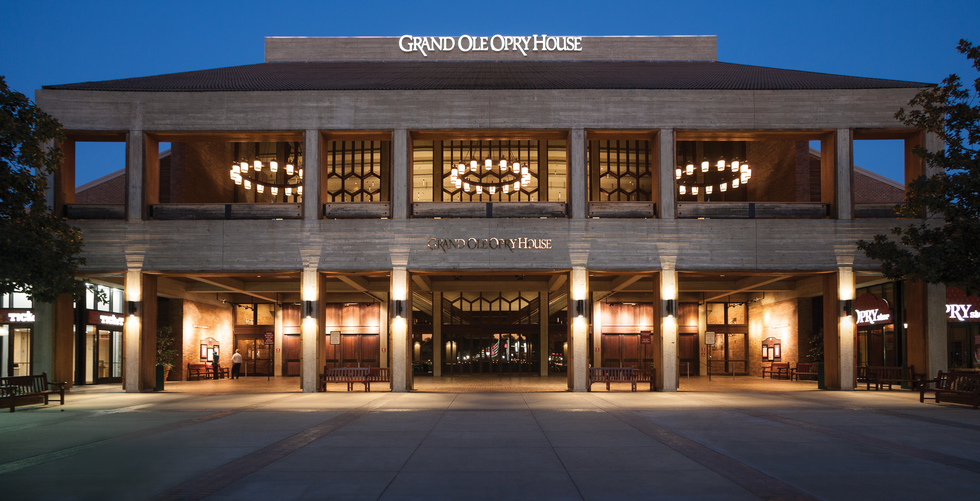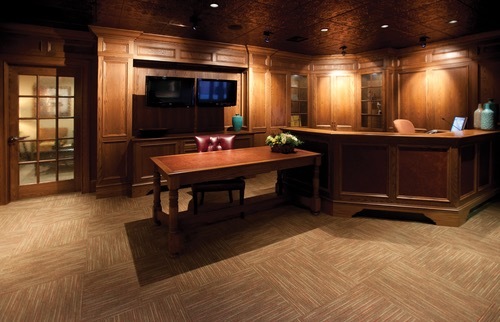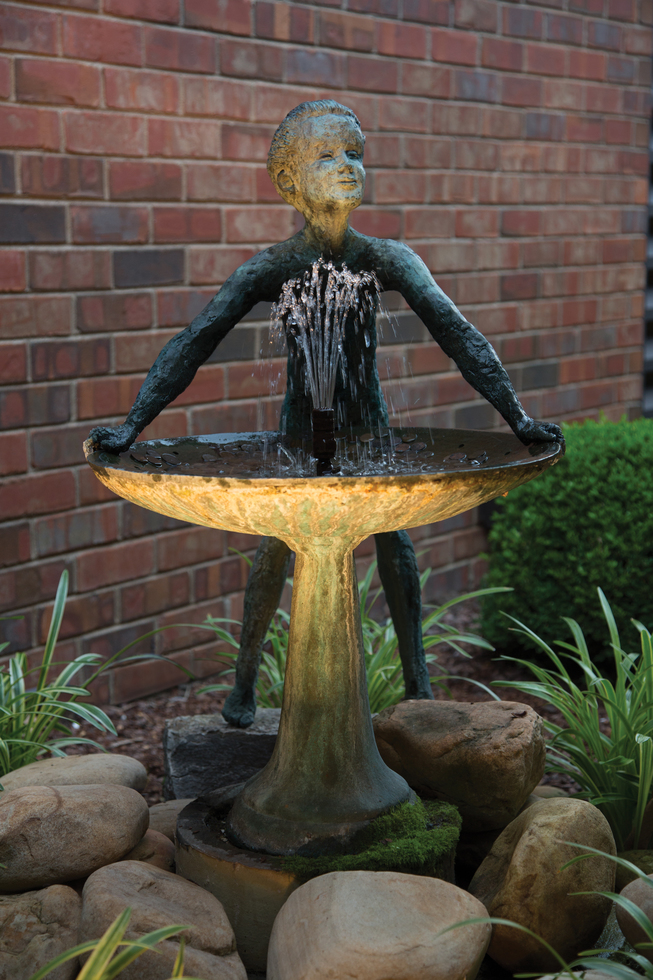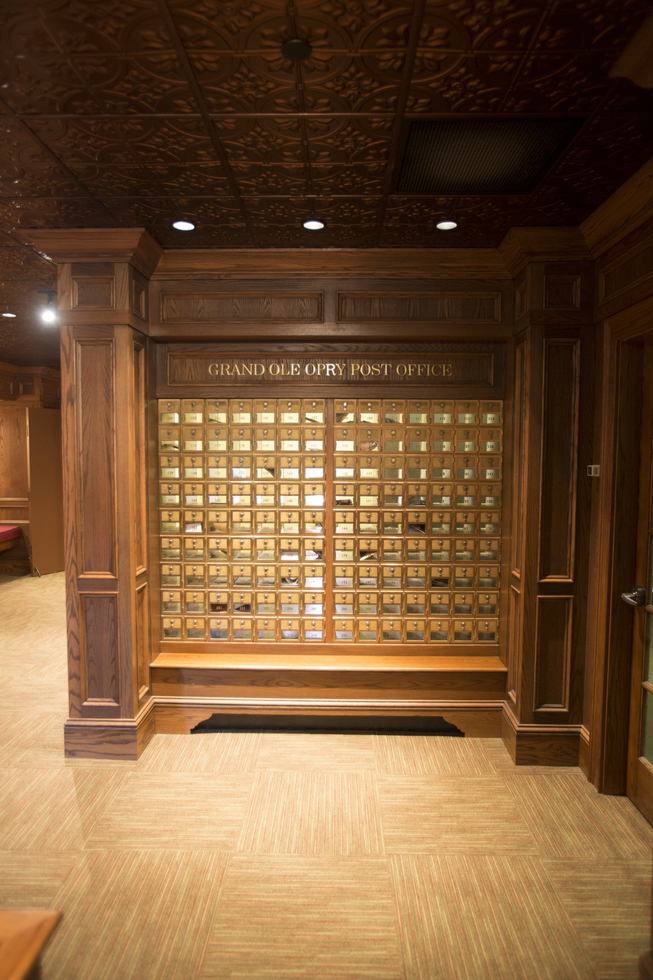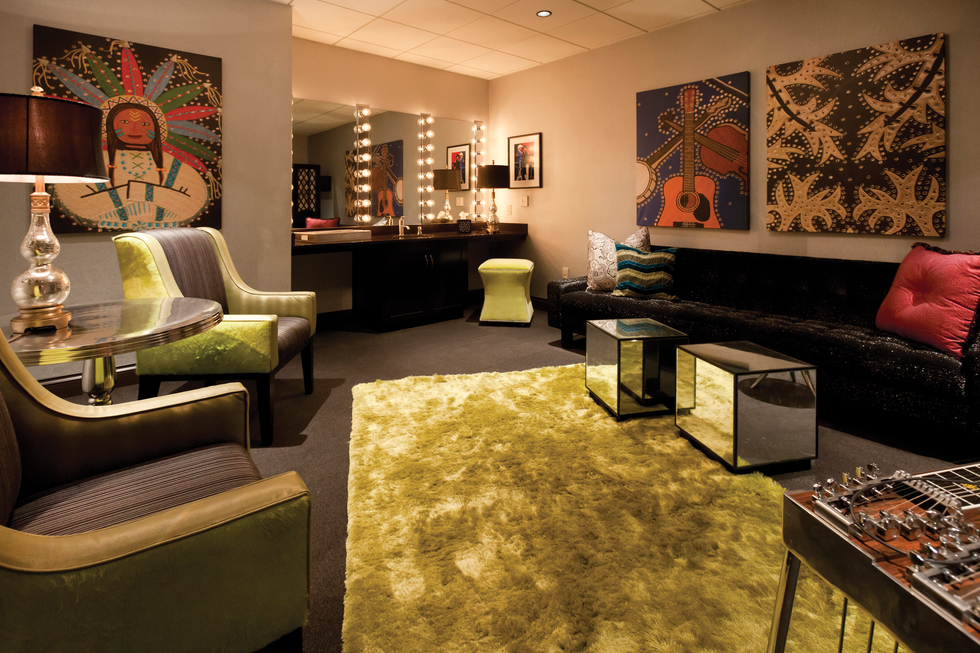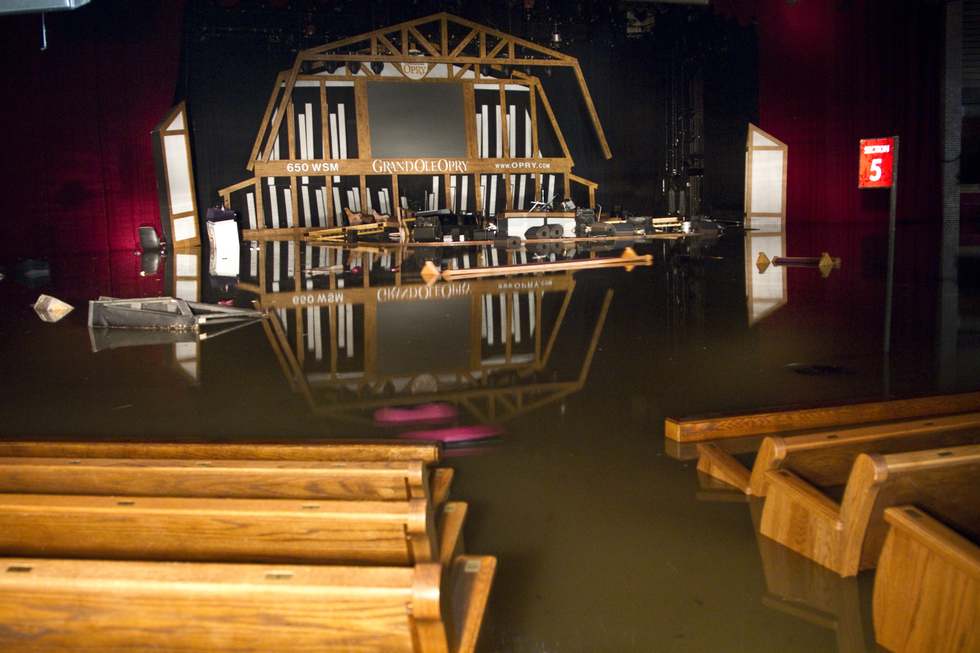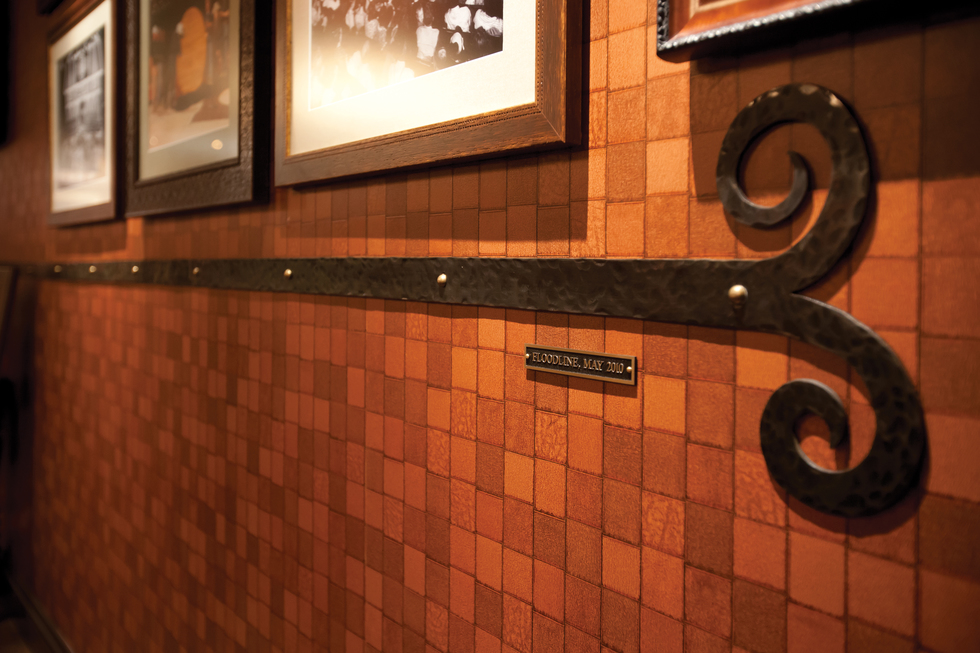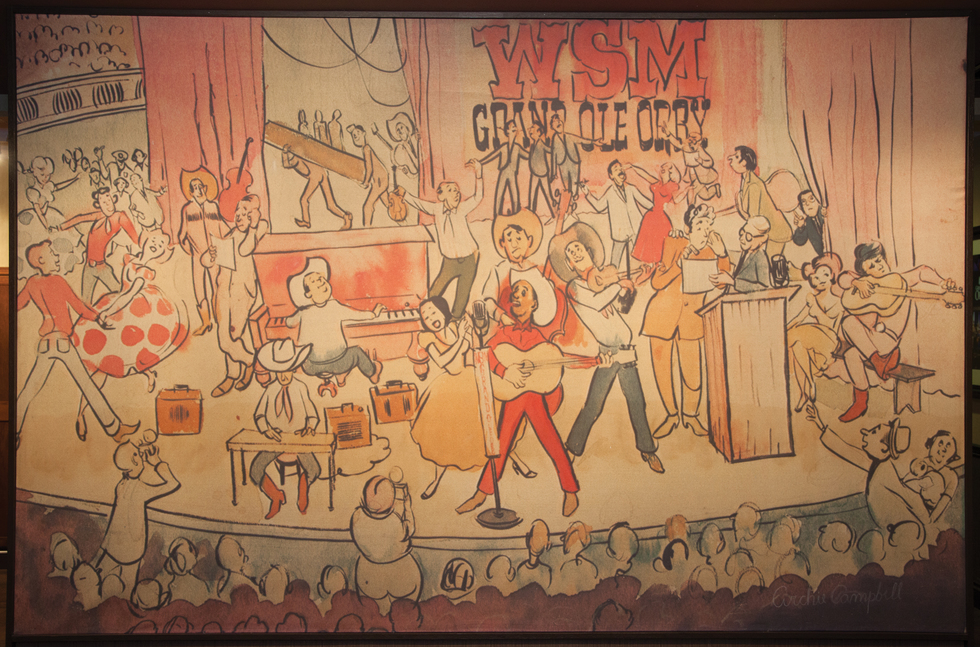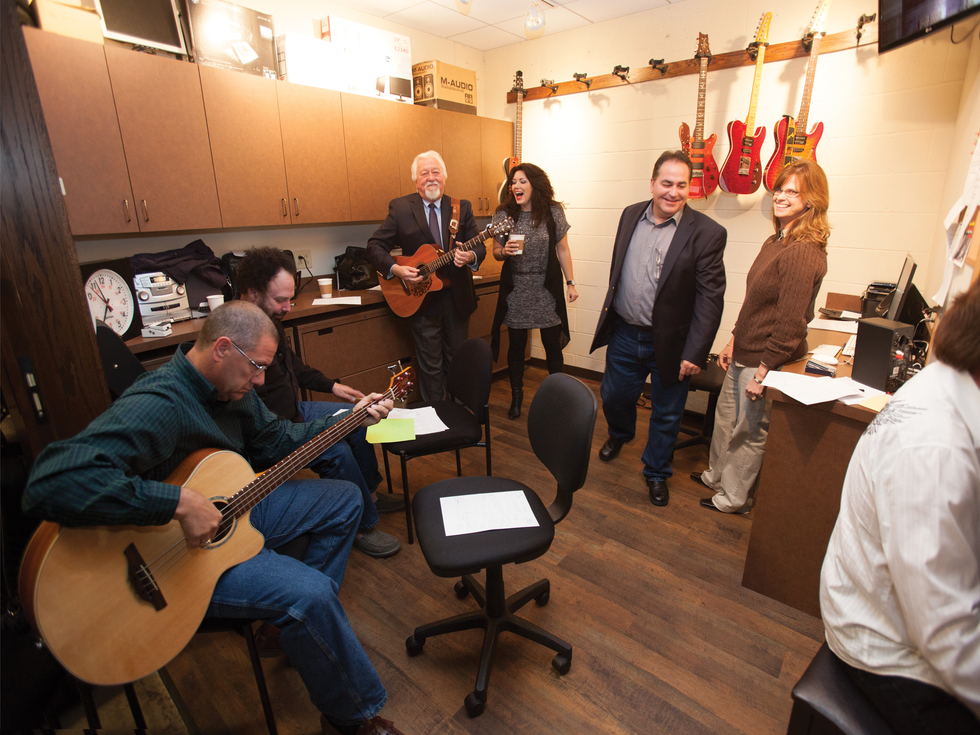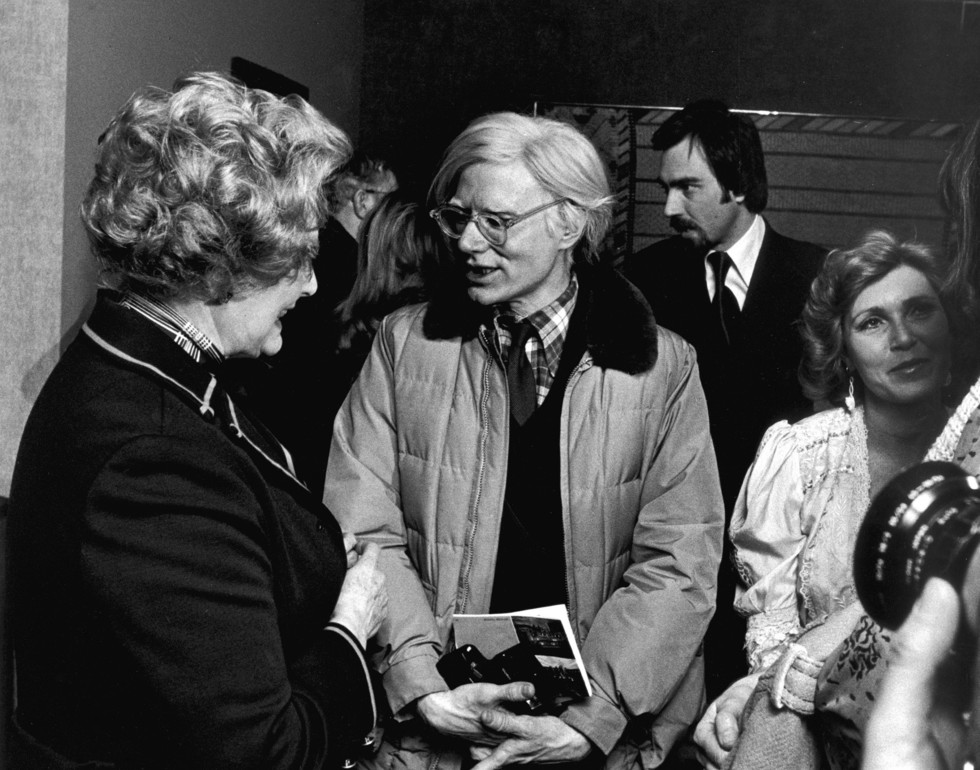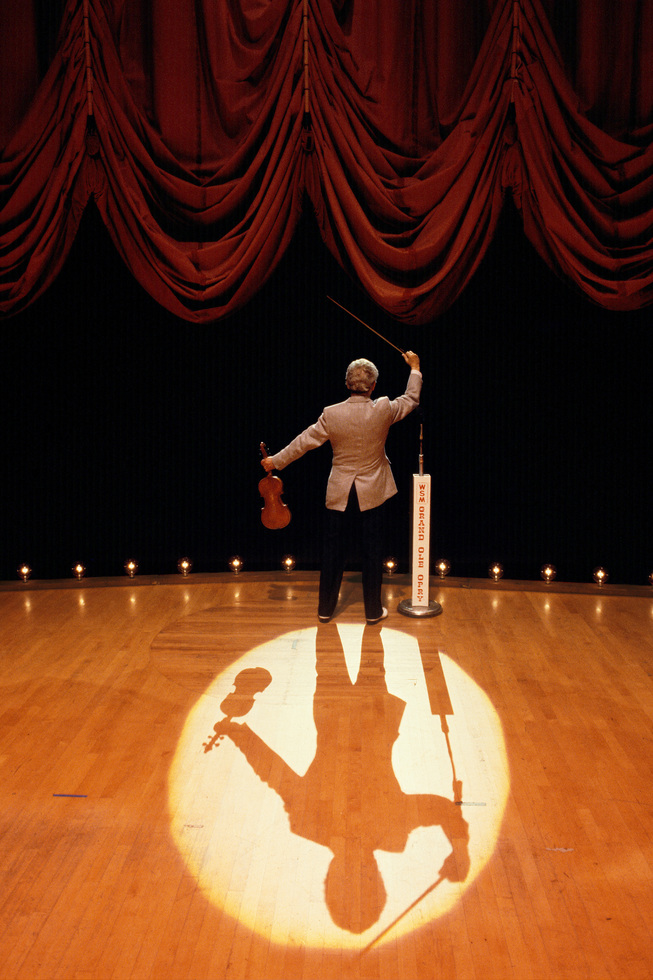Chris Hollo/ Grand Ole Opry, LLC.
Backstage at Nashville's Grand Ole Opry: What Few Tourists See
By Dan Rogers and Brenda Colladay
The Grand Ole Opry is the seat of country music, a distinctly American art form that has swept the world, and it's one of Nashville's most enduring tourist attractions, logging some 1 million visits a year. This is the side of the auditorium they see—but there's a whole different side behind the scenes. That backstage world is captured in the new book, Backstage at the Grand Ole Opry, by Opry archivists Dan Rogers and Brenda Colladay.
Although the Opry occupies a theatre dating to the 1970s—the former home, Ryman Auditorium, is a museum and a tourist attraction of its own—it's actually is the world’s longest running radio show, having launched on November 28, 1925. It continues to attract tourists from around the world for its live stage show, which can also be heard on its flagship radio station WSM-AM 650, SiriusXM Satellite radio, and streaming live on wsmonline.com.
Take a walk though the VIP spaces of the Grand Ole Opry as a performer would experience them.
Although the Opry occupies a theatre dating to the 1970s—the former home, Ryman Auditorium, is a museum and a tourist attraction of its own—it's actually is the world’s longest running radio show, having launched on November 28, 1925. It continues to attract tourists from around the world for its live stage show, which can also be heard on its flagship radio station WSM-AM 650, SiriusXM Satellite radio, and streaming live on wsmonline.com.
Take a walk though the VIP spaces of the Grand Ole Opry as a performer would experience them.
Chris Hollo/ Grand Ole Opry, LLC.
The Artist Entrance Lobby
The Artist Entrance Lobby at the Grand Ole Opry House is where performers check-in with security and get their dressing room assignments.
Chris Hollo/ Grand Ole Opry, LLC.
The Sarah Cannon Fountain
This fountain was a bequest to the Grand Ole Opry from Sarah Ophelia Colley Cannon, better known as the beloved country comedienne, Minnie Pearl. The fountain, by Tennessee sculptor Jesse C. Beesley, was a 25th wedding anniversary gift from Minnie’s husband, Henry Cannon. It greets guests as they enter the backstage lobby of the Opry House.
Chris Hollo/ Grand Ole Opry, LLC.
Grand Ole Opry Post Office
Each member of the Grand Ole Opry is assigned a box at the Grand Ole Opry Post Office, where fans may write their favorite member. The boxes are assigned in alphabetical order with the exception of the one belonging to Little Jimmy Dickens. It would be a stretch if the 4’11” artist had to reach the top row where his box should be located, so it is out of order, on the fourth row down.
Chris Hollo/ Grand Ole Opry, LLC.
Inlaid guitar picks
Each dressing room backstage at the Opry House is numbered with an oversized guitar pick embedded in the floor in front of the door.
Chris Hollo/ Grand Ole Opry, LLC.
Dressing room #3
Each of the 18 dressing rooms backstage has a unique theme, including “Stars and Stripes,” “Women of Country,” and “Bluegrass.” The theme of dressing room #3 is “Little Jimmy Dickens,” inspired by Opry member Dickens, who joined the cast in 1948. The décor of the room is inspired by Dickens’ colorful rhinestone stage wear and is decorated with large canvas prints featuring the embroidered designs from some of his flashiest suits.
Chris Hollo/ Grand Ole Opry, LLC.
The 2010 Flood
On May 1 and 2, 2010, Nashville and Middle Tennessee experienced historic flooding that took 31 lives and caused billions in property damage. The Grand Ole Opry House and surrounding complex were inundated by the Cumberland River. After five months of holding shows in other venues around Nashville, a full restoration and reconstruction project was completed and the Grand Ole Opry was back in the house.
Chris Hollo/ Grand Ole Opry, LLC.
Family Room Flood Marker
A bronze historical marker is placed at the high water mark reached during the 2010 flood in the Opry House green room, or “Family Room.”
Chris Hollo/ Grand Ole Opry, LLC.
The Archie Campbell Mural
A mural printed on canvas serves as the centerpiece of the Opry House Family Room. The artwork was painted by Opry and Hee Haw cast member Archie Campbell to serve as the cover of a souvenir book in 1966, and the print was installed in 1981. The scene is Campbell’s interpretation of the organized chaos that epitomizes each Grand Ole Opry performance. Opry founder George D. Hay dubbed the phenomenon a “good natured riot.”
Chris Hollo/ Grand Ole Opry, LLC.
The Opry Band
The Opry band is a group of musicians who accompany many of the artists who perform on the show. Often, they must learn multiple songs just before each show and then play onstage after only a brief run-through just moments before.
Chris Hollo/ Grand Ole Opry, LLC.
Celebrity visits
Andy Warhol paid a visit to the Grand Ole Opry in 1977 while in town for an event at Nashville’s Cheekwood Museum. Backstage, the Pop art icon remarked to a reporter, “I’ve listened to the Opry on the radio for 20 years. It’s a certain kind of poetry they’re doing.”
Chris Hollo/ Grand Ole Opry, LLC.
The stage—from the stars' perspective
Roy Acuff, known as “The King of Country Music,” takes to the Grand Ole Opry stage. Inlaid center stage at the Opry House is a six-foot circle of oak floor boards taken from the Opry’s former home, historic Ryman Auditorium. The circle represents the Opry’s unbroken connection to its history and traditions, as well as the reverence that contemporary artists have for all the legendary performers who came before them.





